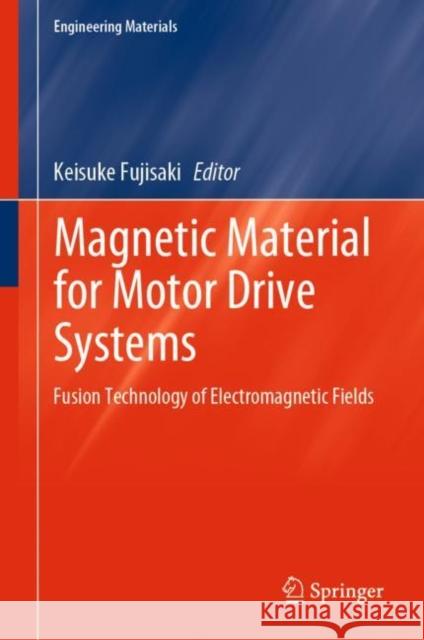Magnetic Material for Motor Drive Systems: Fusion Technology of Electromagnetic Fields » książka
topmenu
Magnetic Material for Motor Drive Systems: Fusion Technology of Electromagnetic Fields
ISBN-13: 9789813299054 / Angielski / Twarda / 2019 / 440 str.
Magnetic Material for Motor Drive Systems: Fusion Technology of Electromagnetic Fields
ISBN-13: 9789813299054 / Angielski / Twarda / 2019 / 440 str.
cena 616,85 zł
(netto: 587,48 VAT: 5%)
Najniższa cena z 30 dni: 612,57 zł
(netto: 587,48 VAT: 5%)
Najniższa cena z 30 dni: 612,57 zł
Termin realizacji zamówienia:
ok. 20 dni roboczych.
ok. 20 dni roboczych.
Darmowa dostawa!
Kategorie:
Kategorie BISAC:
Wydawca:
Springer
Seria wydawnicza:
Język:
Angielski
ISBN-13:
9789813299054
Rok wydania:
2019
Wydanie:
2019
Numer serii:
000089500
Ilość stron:
440
Waga:
0.80 kg
Wymiary:
23.39 x 15.6 x 2.54
Oprawa:
Twarda
Wolumenów:
01
Dodatkowe informacje:
Wydanie ilustrowane











